Wood vs Fiberglass Pickleball Paddles: A Classic vs. Modern Showdown
Choosing the right pickleball paddle is crucial for any player, whether you’re a beginner or a seasoned competitor. The two primary materials for paddles wood and fiberglass offer unique advantages and disadvantages that can greatly affect performance. Understanding these differences can help you make an informed decision based on your skill level, playing style, and preferences. This guide will delve into the characteristics of wood vs fiberglass pickleball paddles, providing a comprehensive overview to aid your selection.
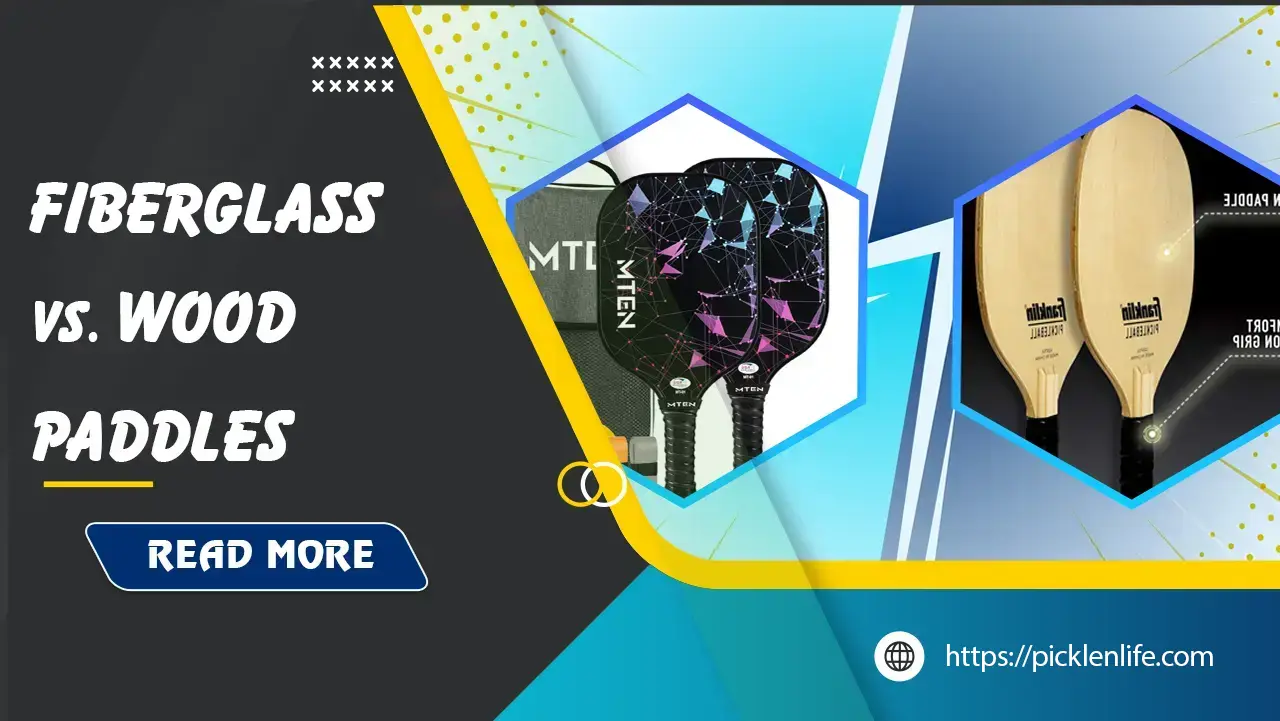
Understanding the Basics of Pickleball Paddles
Pickleball is an engaging and dynamic sport that combines elements of tennis, badminton, and table tennis, making it accessible to players of all ages and skill levels. At the heart of this game is the paddle, a tool that directly influences how you interact with the ball and, subsequently, how well you perform on the court. The materials used in paddle construction can affect everything from power and control to weight and maneuverability.
What is a Wood Pickleball Paddle?
Wood paddles are the traditional choice for many beginners and recreational players. Typically constructed from solid woods like maple or birch, these paddles are often layered or stacked to increase durability. The design allows for a heavier paddle, usually weighing between 7.5 to 9.5 ounces, which can provide stability and enhance power in shots. The solid construction grants tactile feedback, enabling players to develop a nuanced touch and finesse.
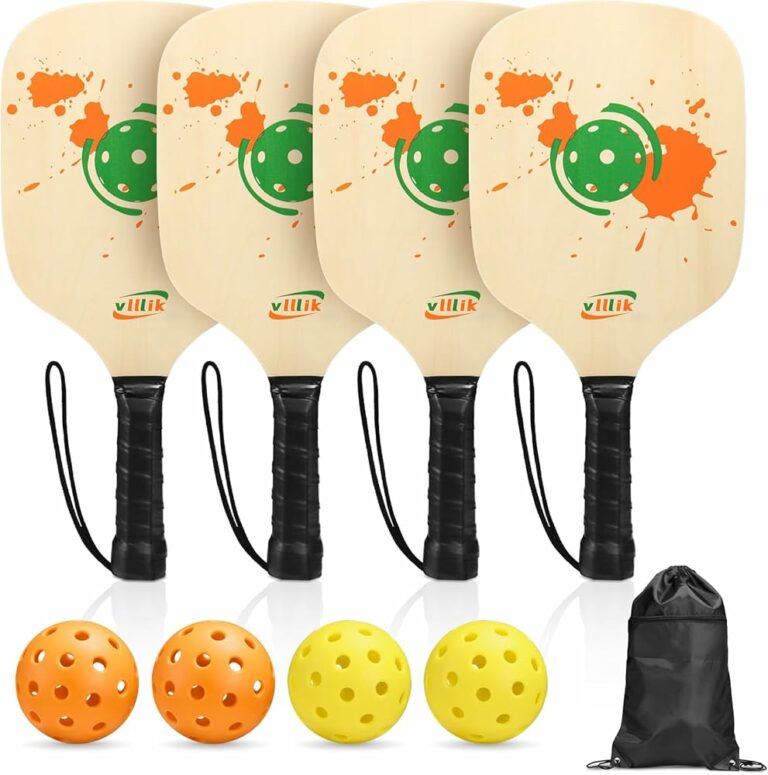
Furthermore, wood paddles usually produce a satisfying “pop” sound upon contact with the ball, adding to the physical enjoyment of the game. This auditory feedback can also help players gauge their performance. However, the heavier weight may lead to fatigue during extended matches, which is a factor to consider for those engaged in longer play.
What is a Fiberglass Pickleball Paddle?
On the other side of the spectrum are fiberglass paddles, constructed with a fiberglass face and a composite or polymer core. These paddles are distinctly lighter, weighing between 6.7 to 8.4 ounces, enhancing maneuverability and enabling quicker reactions during gameplay. The advanced materials used in these paddles allow for superior power generation, making them particularly popular among competitive players looking for an edge.
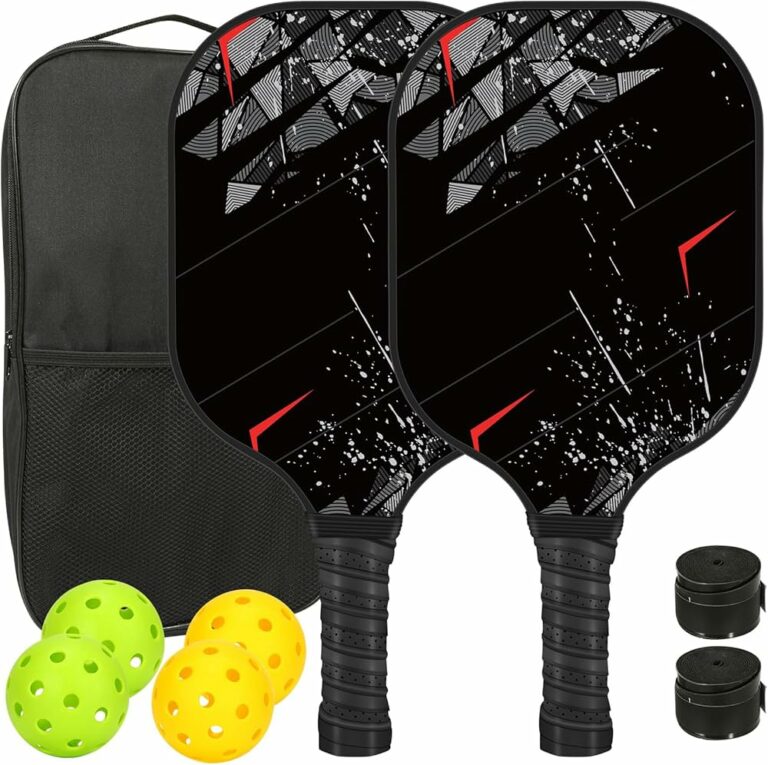
Fiberglass paddles also tend to have a larger sweet spot and are often more forgiving on off-center hits. This combination of features makes them ideal for players seeking improved shot accuracy and speed, elevating the overall gameplay experience.
Key Differences: Wood vs Fiberglass Pickleball paddles
When discussing wood vs fiberglass pickleball paddles, a detailed comparison of each type’s characteristics is essential for making an informed choice.
Weight Comparison: Finding Your Ideal Paddle Weight
One of the most immediate differences between wood and fiberglass paddles is their weight:
- Wood Paddles: Heavier weight contributes to stability but may lead to fatigue during prolonged play. As a result, these paddles are sometimes considered less suitable for players involved in intense matches.
- Fiberglass Paddles: Lightweight nature promotes agility, allowing for quicker swings and movements. This reduced strain on the arm can significantly improve performance, especially in fast-paced games.
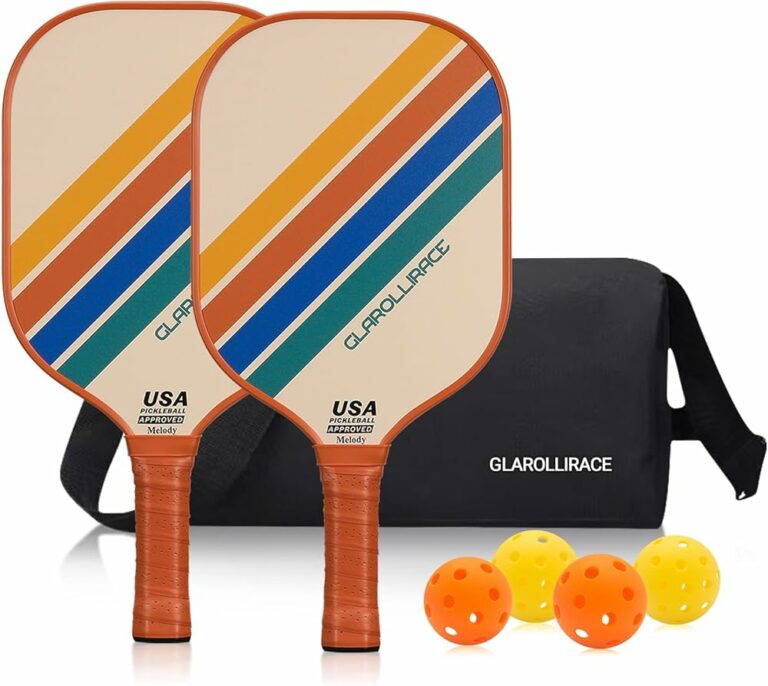
Power and Speed: Maximizing Your Shot Potential
Power generation is another critical factor to consider:
- Fiberglass: Due to their lightweight construction and advanced materials, these paddles excel in power generation, allowing for higher shot speeds with minimal effort. The construction provides more energy transfer upon impact, which can significantly impact game performance.
- Wood: Although wooden paddles also generate decent power, they can absorb some energy upon impact due to their weight, leading to potentially slower ball speeds. This characteristic may restrict some players from achieving maximum shot potential.
Control and Accuracy: Precision on the Court
Control is a vital aspect of gameplay:
- Wood Paddles: The weight and construction afford excellent tactile feedback, aiding players in achieving precise shots. This feature makes wooden paddles particularly beneficial for beginners wishing to hone their touch.
- Fiberglass Paddles: While offering good control, the larger sweet spot of fiberglass paddles makes them easier to handle during less-than-perfect swings, maintaining accuracy even when hits are off-center.
Sensory Feedback and Sound
Another interesting feature distinguishing wood and fiberglass paddles is the feedback they provide:
- Wood Paddles: The solid construction gives a direct connection to the ball, producing a rhythmic sound that many players find gratifying. The resonance can enhance the overall playing experience.
- Fiberglass Paddles: Due to their material composition, these paddles often emit a softer sound upon impact. This characteristic makes fiberglass paddles more suitable for indoor play where noise reduction may be a concern.
Durability and Maintenance: Ensuring Long-Lasting Performance
Durability is another essential consideration when choosing between wood and fiberglass:
- Wood Paddles: Although they can be quite durable with proper care, wooden paddles are susceptible to moisture damage and may require more maintenance over time to preserve their integrity.
- Fiberglass Paddles: Generally considered more durable in competitive play, fiberglass paddles resist wear and tear more effectively. These paddles often need less routine maintenance, but they can be susceptible to cracking if not stored properly.
Cost Considerations
Budget is another crucial factor in the decision-making process:
- Wood Paddles: These paddles are generally more affordable, ranging from $10 to $50, making them an excellent choice for budget-conscious beginners and recreational players.
- Fiberglass Paddles: Typically more expensive, prices can range from $40 to over $200, depending on brand and features. While they require a higher initial investment, they are often seen as a long-term investment for serious players.
Feel and Vibration: Comfort During Gameplay
The feel of the paddle during play can also influence comfort levels:
- Wood Paddles: They offer a natural feel and excellent tactile feedback, making them comfortable for various playing styles.
- Fiberglass Paddles: While they provide a consistent feel, fiberglass paddles might transmit more vibrations upon impact. This nuance can affect comfort, especially during extended gameplay.
Environmental Impact and Sustainability
In today’s environmentally conscious society, it’s essential to consider the sustainability of paddle materials.
Material Sourcing: Sustainable Choices
Wooden paddles typically utilize natural resources, requiring responsible sourcing to ensure sustainability. Sustainable forestry practices can help mitigate the environmental impact. In contrast, fiberglass manufacturing may involve more significant energy consumption and carbon emissions, raising concerns regarding its ecological footprint.
Manufacturing Processes: Reducing the Carbon Footprint
The manufacturing processes for both paddle types differ. Wooden paddles may have a lower carbon footprint if sourced sustainably. Conversely, the production of fiberglass paddles involves complex processes that can contribute significantly to greenhouse gas emissions. Awareness of these factors can inform environmentally responsible purchasing decisions.
Lifespan and Disposal: End-of-Life Considerations
Wood paddles might last for several years with proper care, but disposal can become an issue when they are no longer usable due to wear or moisture damage. Fiberglass paddles are also subject to wear and tear but can be disposed of in ways that minimize environmental impacts if made from recyclable materials. Understanding these factors can help players choose their paddles with longevity in mind.
Making the Right Choice: Factors to Consider
Choosing between wood and fiberglass paddles requires careful consideration of various factors, including:
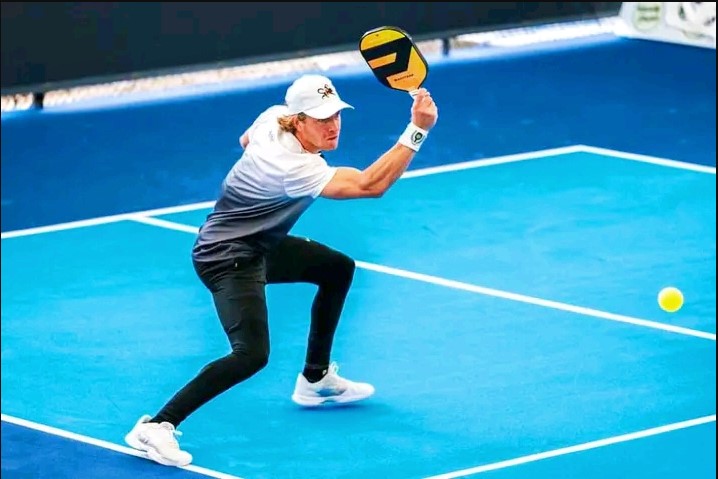
Playing Style
Your unique playing style can greatly impact your paddle choice. For instance, if you prefer slower gameplay that emphasizes control and precision, a wood paddle might serve you well. On the other hand, if you enjoy fast-paced rallies and power shots, a fiberglass paddle could be more beneficial.
Physical Limitations
Players with physical limitations or those experiencing joint conditions may find that lighter fiberglass paddles are easier to handle, reducing strain during extended play.
Budget
Assessing your budget is crucial. If you are just starting and want an affordable option to practice and learn, wood paddles are an ideal summer. However, if you’re serious about growing in the sport, investing in a higher-end fiberglass paddle may be worthwhile.
Expert Opinions and Recommendations
Insights from professionals, coaches, and experienced players can be incredibly beneficial when deciding. Many professional players prefer fiberglass paddles for their enhanced power and speed, while coaches often recommend wood paddles for beginners, as they can develop essential skills without the distraction of advanced technology.
Professional Player Insights
Feedback from professional pickleball players often highlights the advantages of fiberglass paddles, citing improved shot speed and larger sweet spots that cater to competitive play.
Coaches’ Recommendations
Coaches frequently advise beginners to start with wood paddles, allowing them to focus on developing touch and control before transitioning to fiberglass paddles for competitive play.
Beyond Wood and Fiberglass: Other Paddle Materials
While wood and fiberglass are the primary materials for pickleball paddles, other options like graphite, carbon fiber, and hybrid composites are emerging in the market. These materials combine various properties to enhance performance, offering players even more choices to suit their needs.
Conclusion: Elevate Your Game with the Perfect Paddle
In summary, the choice between wood vs fiberglass pickleball paddles is influenced by multiple factors, including performance characteristics, weight, durability, and of course, personal preferences. Ultimately, the right paddle can significantly elevate your game and enhance your enjoyment of pickleball. By testing both types, you can find the paddle that feels best for your unique playing style and experience level, ensuring that each match is not only competitive but also enjoyable.
